Three high pressure groups pile on criticism as original ‘metallic hydrogen’ sample lost during catastrophic equipment failure

When two Harvard researchers reported observing metallic behaviour in hydrogen compressed under extreme pressure in January, it was widely hailed as the culmination of an 80-year search for this elusive state. But this has always been a contentious field, and the new claims are no exception. Several researchers immediately expressed reservations about the results, and now the dispute has been picked over in detail in an exchange of preprints. One way or another, it seems that the search for metallic hydrogen is far from over.
—————————————————————————————————————
What is metallic hydrogen and why does it matter if it’s been discovered or not? Read our explainer on the topic
—————————————————————————————————————
In 1935 physicists Eugene Wigner and Hillard Bell Huntington predicted that hydrogen will become a metal at very high pressure. That prospect was made even more enticing when, in 1968, physicist Neil Ashcroft showed that metallic hydrogen might become superconducting at room temperature – behaviour unheard of in any other substance. Since then, many high pressure labs have sought the exotic metal, but none has previously found convincing evidence for it. Liquid metallic hydrogen is thought to exist, however, in the interior of Jupiter.
The new claim was made by Isaac Silvera, a veteran of high pressure physics at Harvard’s Lyman Laboratory of Physics, and his colleague Ranga Dias. Their paper described experiments in which a hydrogen sample was squeezed between the teeth of a diamond anvil cell at a temperature of around 5.5K.1 Based on calibration of the pressure scale, the researchers claimed that metallisation took place at 495 gigapascals (GPa). At this point they saw the sample – which they could not identify definitively as solid or liquid – change from black and opaque to highly reflective. Using a simple model of reflectivity, they calculated a density of mobile electrons consistent with the idea that the hydrogen had become metallic, with each atom contributing its one electron.
On reflection…
Not so fast, others now say. The Harvard claim rests on a single observation, based only on reflectivity, and without a direct measurement of the pressure. Is that really enough?
High pressure researcher Paul Loubeyre of the Atomic Energy Research Centre for Military Applications in France, calls the new results ‘much ado about nothing’. In particular, he sees no reason to believe that Dias and Silvera really achieved such high pressures. Earlier work, he says, has shown that diamond anvil cells can’t attain pressures higher than 350GPa. ‘It has been demonstrated that to explore the pressure domain above 400GPa will require new types of anvils,’ he says. ‘If you’re going to claim that using a standard high pressure cell configuration you can obtain 50% higher pressure than previously, you should at least do a benchmark experiment [to prove it].’
Loubeyre also believes that ‘the analysis of reflectivity is wrong – the correction for diamond absorption was incorrectly done’. He and his co-workers have explained their reservations in detail in a preprint.2
Mikhail Eremets of the Max Planck Institute for Chemistry in Mainz, Germany, agrees with the complaint about the reflectivity calculations. ‘They have only four experimental points, while the [reflectivity] model has two parameters,’ he says. ‘Besides, we found numerous mistakes in the calculations.’
What’s more, say both Loubeyre and Eremets, the reflectivity could in any case be due to the thin coating of aluminium oxide that Dias and Silvera applied to the diamonds to avoid them being made brittle by hydrogen diffusion.
Claims under pressure
In a preprint3, Eremets and his Mainz colleague Alexander Drozdov also say the pressure was overestimated. They say that the Harvard duo stopped raising the pressure as soon as the sample became reflective – which can happen, according to earlier measurements by the Mainz group, above just 350GPa. In a third preprint criticising the Harvard work4, Alexander Goncharov and Viktor Struzhkin of the Carnegie Institution of Washington reiterate several of these criticisms and say that the observations ‘have nothing to do with the properties of metallic hydrogen’. They also charge that ‘the proposed implications [for example, for “energy and rocketry”] are highly speculative, making this paper very confusing for a broad audience’.
The problem of high pressure hydrogen metallisation is much more interesting than we thought just a few years ago
Russell Hemley, George Washington University
‘The claim by Dias and Silvera was interesting, but for the most part I agree with Eremets and Drozdov,’ says Russell Hemley of George Washington University, US. ‘The [Harvard] claim is based on visual observations and limited spectral measurement of the interface of the diamond anvil, alumina coating and the sample – but the optical properties of such interfaces at the pressures reported are not known.’
Silvera and Dias have rebutted these criticisms.5 They say that their methods of estimating the pressure by looking at the shift in the vibrational spectra of the diamond and of a small added ruby grain are widely used and well established, although they had stated that they ‘can have large systematic uncertainties’. They defend their calculations of reflectance and argue that the possibility of the alumina coating becoming metallic doesn’t fit with what is currently known about this material. ‘There is no doubt that metallic hydrogen was produced at the highest pressures,’ the pair insist.
Intriguing intermediates
This is by no means the first time that high pressure metallisation of hydrogen in a diamond anvil cell has been claimed. In 2011 Eremets himself, with colleague Ivan Troyan, reported it at 260GPa and room temperature6, but that claim was quickly challenged too and the researchers now say only that they saw new dense phases of hydrogen. Last year, Silvera and his co-workers claimed to have made liquid metallic hydrogen in the diamond anvil cell.7 Eremets, Troyan and Drozdov also reported a tentative sighting of metallic hydrogen at 360GPa in a preprint last year8, but stopped short of making the claim definitive. They now suspect that Silvera and Dias might be seeing the same thing.
To compound the problems, Dias and Silvera have told reporters that they have lost the sample on which their paper was based. This happened, they say, because in an attempt to repeat the measurements the diamond teeth shattered to powder. That, says Eremets, is very common when working at these extreme pressures. ‘We observe this phenomenon one or more times a week, unfortunately,’ he says.
Hemley thinks that all the debate about ‘metallic or not?’ might in any case risk obscuring the broader issues. ‘The so-called Wigner–Huntington transition – for which there is still no evidence – is only a piece of the story,’ he says. ‘The problem of high pressure hydrogen metallisation is much more interesting than we thought just a few years ago, with intriguing intermediate phases with unexpected physical properties that continue to be discovered along the way.’
References
1 R P Dias and I F Silvera, Science, 2017, DOI: 10.1126/science.eaal1579
2 P Loubeyre, F Occelli and P Dumas, 2017, arxiv: 1702.07192
3 M I Eremets and A P Drozdov, 2017, arxiv: 1702.05125
4 A F Goncharov and V Struzhkin, 2017, arxiv: 1702.04246
5 I F Silvera and R Dias, 2017, arxiv: 1703.03064
6 M I Eremets and I A Troyan, Nat. Mater., 2011, 10, 927 (DOI: 10.1038/nmat3175)
7 M Zaghoo, A Salamat and I F Silvera, Phys. Rev. B, 2016, 93, 155128 (DOI: 10.1103/PhysRevB.93.155128)
8 M I Eremets, I A Troyan and A P Drozdov, 2016, arxiv: 1601.04479





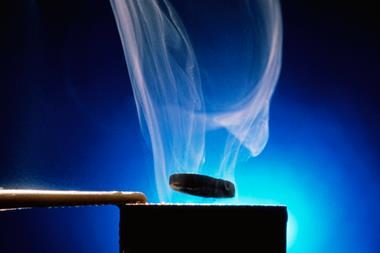
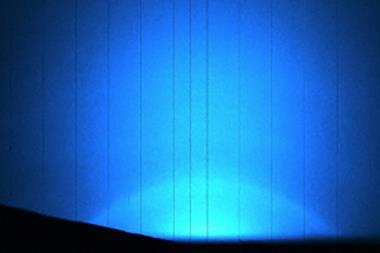
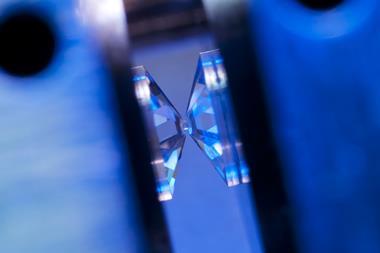
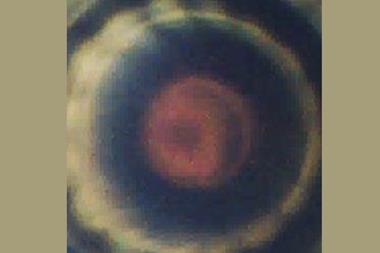
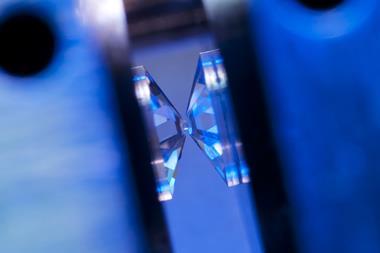
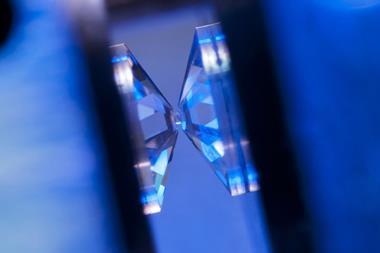






No comments yet